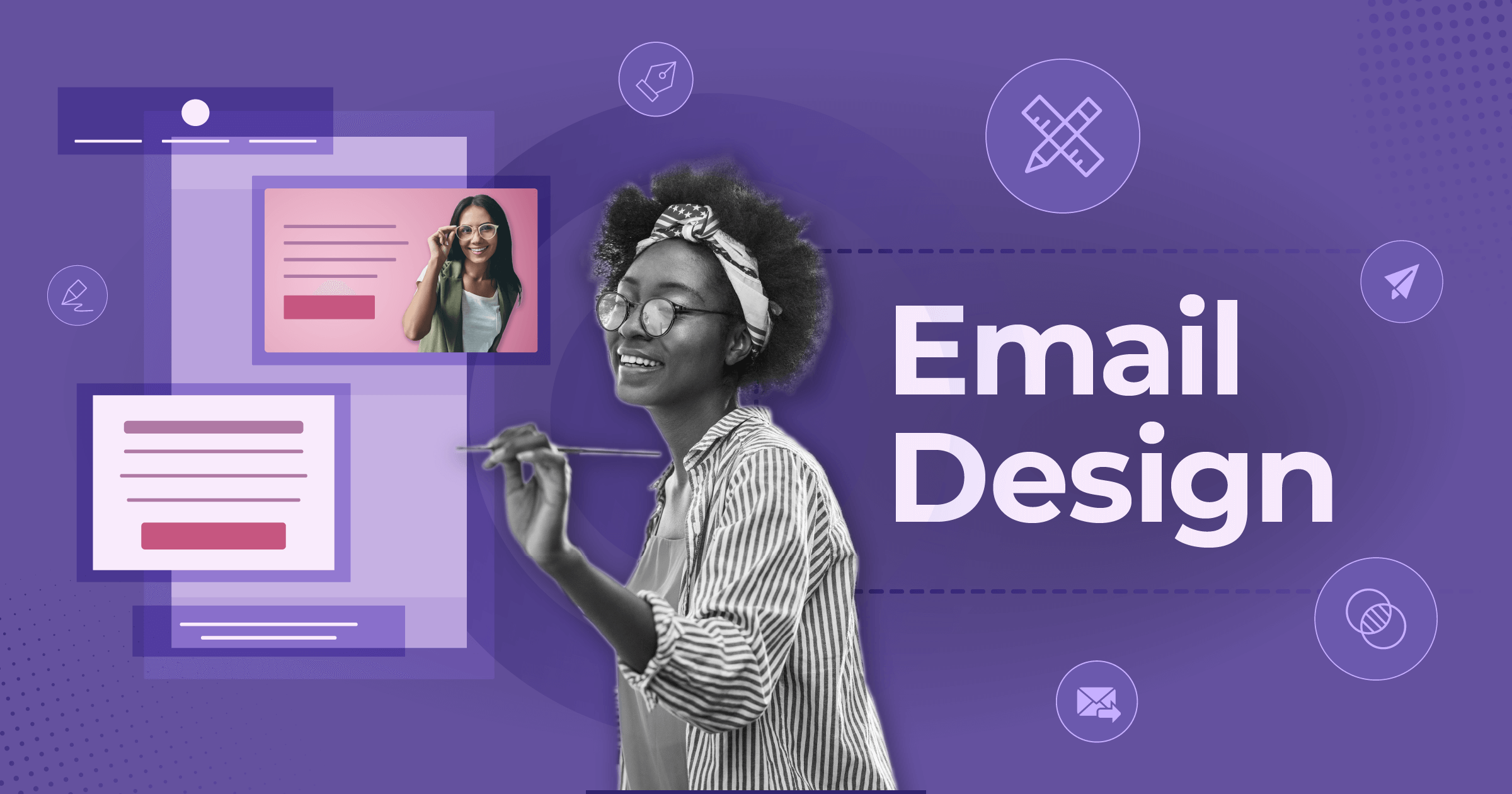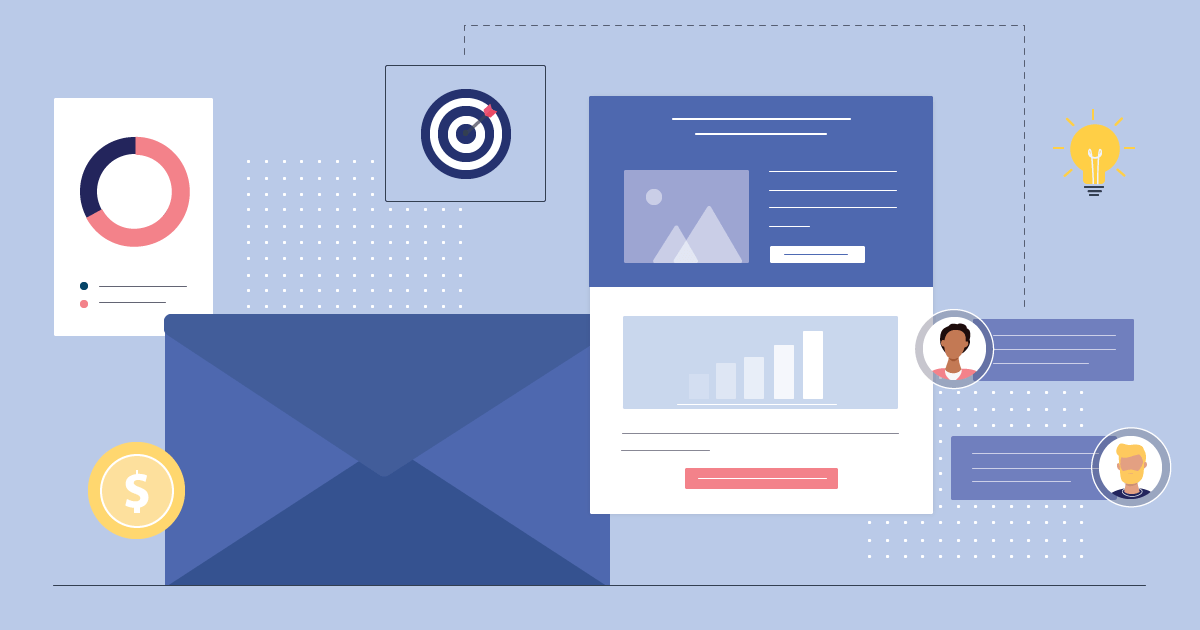
Lifecycle Marketing: Strategies & Best Practices [2025]
Every business has a unique customer journey. Marketers should please customers and prospects at each stage with tailored marketing tactics to ensure prosperity and profitability.
The concept of lifecycle marketing is familiar in the eCommerce world, especially in B2B, attempting to decode customer needs at each phase to meet business and revenue goals.
This guide will show you how to use the customer lifecycle principles to create powerful, long-lasting bonds with current and potential customers that result in revenue. There’s also a special section on how to use emails effectively for this purpose.
What Is Lifecycle Marketing?
Lifecycle marketing is a strategy that aims to nurture customers and prospects at different customer journey stages to impact consumers’ behavior as they move down the funnel. It starts with the attraction/awareness phase and lasts until advocacy.
To succeed in your lifecycle marketing efforts, you should employ different promotional tactics, from social media to paid ads and content marketing. You should select each method carefully to ensure it’s what your customers need in each lifecycle stage. We discuss them further in a dedicated section below.
Lifecycle Marketing Benefits
So, why should a business introduce a lifecycle marketing model to its existing promotional equation? Let’s see some of the top advantages:
- Increased customer lifetime value through practices that promote long-term customer relationships from attraction to retention.
- Higher revenue by focusing on attracting new customers and retaining loyal ones.
- Improved customer experience that emphasizes buyers’ needs at each customer journey stage.
- Better brand image through personalized marketing tactics at each lifecycle phase.
And now, let’s move to the core of this guide – the marketing strategy and tactics marketing teams should concentrate on to thrive.
Lifecycle Marketing Strategy & Tactics
Every business can determine its lifecycle marketing strategy based on the length of its buyer’s journey. However, you can use these basic stages as a compass, including tactics that businesses to flourish in each phase, especially if you’re operating in B2B.
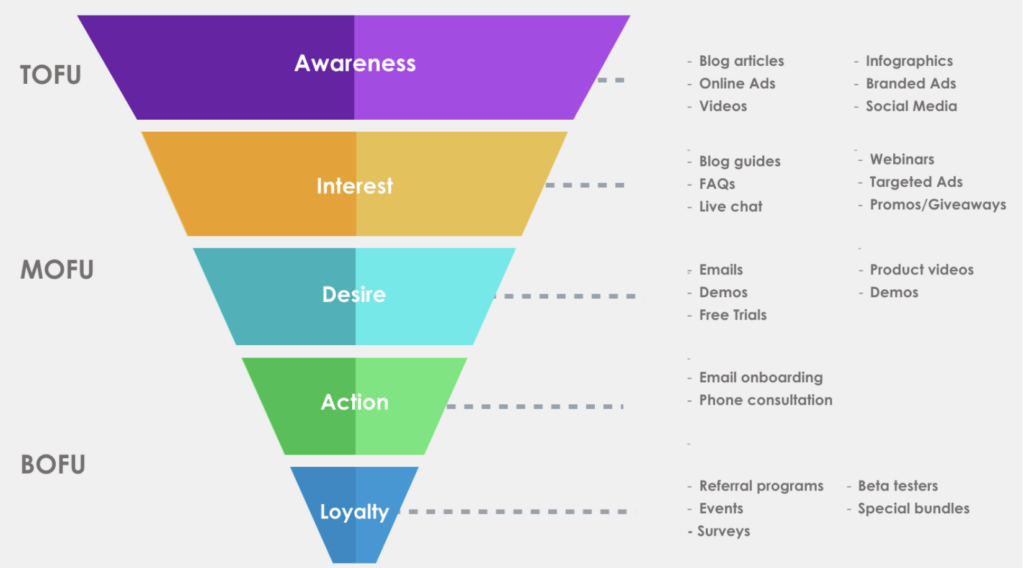
1. Awareness
This is the first touchpoint of prospective customers with a brand while searching for certain products/services. In this stage, they usually search for high-level educational content about brands that can resolve their pain points.
Here are the marketing tactics that will let you nurture your audience at the awareness stage:
- Articles and blog posts
- SEO
- Infographics
- Paid ads
- Video tutorials
For example, at Moosend, we recently created this Email Marketing 101 video to nurture newbies in this territory:
During this phase, visitors are not usually ready to purchase yet, so it’s wiser to avoid aggressive marketing tactics and show your authority in the field to make consumers trust you.
2. Interest
At this stage, consumers start to engage more with your brand and competitors to find the best option for them. Therefore, you should serve them more specific content about your solutions/products in more distinct forms, emphasizing their benefits, such as:
- Webinars
- Blog posts
- Email campaigns
- Targeted ads
- Customer testimonials
- Case studies
Here’s an email campaign by the health brand Ritual with customer testimonials as a reference:

3. Desire
After consumers have weighed their needs and options, they move one step closer to purchase and enter the sales funnel. This is when you have to resort to more urgent strategies to convert them and turn them into valuable customers. Here are some methods to make that happen:
- Personalized emails
- Demos
- Live chat
- Video tutorials
- Free trials
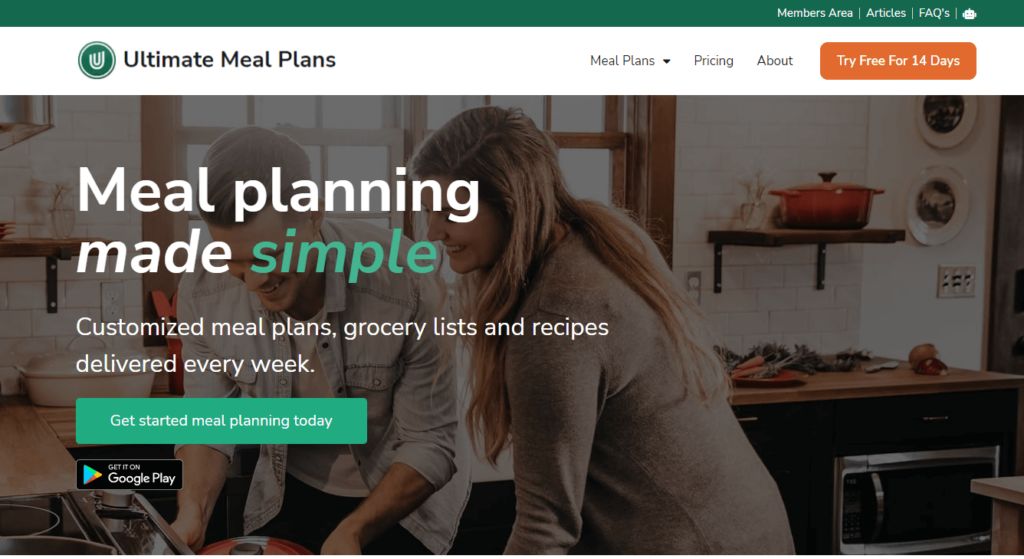
For instance, Ultimate Meal Plans put their free trial buttons at prominent places on their website to attract recurring visitors and convert them.
4. Action
You finally made it! The interested website visitor showed trust in you and made a purchase. Now, you have to ensure they’re happy with their decision and show them around. Here are some ways to increase customer engagement in this phase:
- Live chat/support
- Video tutorials/Academy
- Shipping confirmation
- SMS
- Onboarding emails
Look at this amazing introductory campaign by Trello for new users:
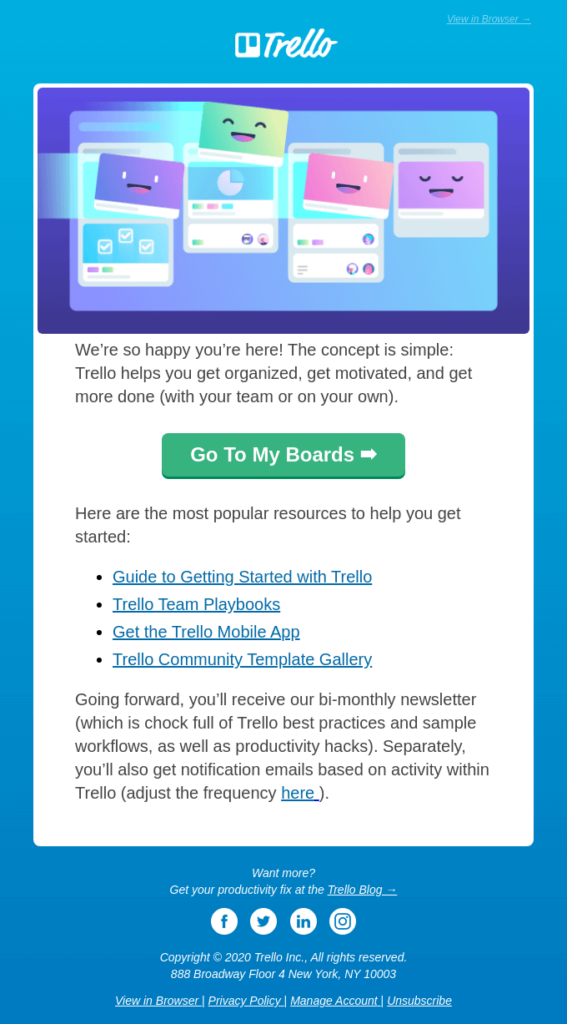
5. Loyalty
Overall, customer retention costs five times less than customer acquisition, so it’s wise to invest in loyalty programs to keep beloved customers aboard. Hence, you need to give them the right incentives through diverse marketing channels to contribute to repeat purchases and turn them into ambassadors.
Here’s what you can promote in this stage:
- Referral campaigns
- Upsell/Cross-sell campaigns
- Events/Webinars
- Surveys
- Winback emails
- Reward system
For instance, Body Shop has a clever point system for customers with regular discounts for loyal members:
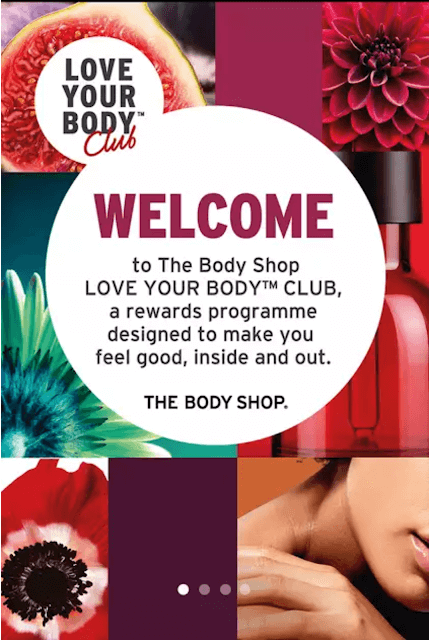
Additional B2B Lifecycle Marketing Strategy
Some B2B businesses with long customer journeys use another framework to categorize prospects and move them down the funnel. Here’s a brief description:
- Visitor: A consumer that has visited your website at least once but hasn’t provided contact information yet.
- Lead: People who have provided you with their contact details, e.g., through a landing page or a pop-up signup form.
- Marketing Qualified Lead (MQL): A lead that belongs to your target audience and is a good fit for your brand.
- Sales Qualified Lead (SQL): A prospect that shows big interest in your brand and interacts with highly converting assets, e.g., books a demo.
- Opportunity: A customer who has communicated their interest in purchasing your product/service with your sales or account team.
- Customer: A consumer who has completed their first purchase and has entered your customer base.
- Brand advocate: A loyal customer who suggests your brand to family and peers that are highly likely to convert.
This categorization may be too granular for small businesses with shorter journeys, which can benefit from a simpler approach based on their available resources.
Lifecycle Email Marketing Campaign Examples For Each Stage
As you’ve probably noticed, lifecycle marketing campaigns come in many shapes and sizes. Still, there is a simple tool that can benefit every brand, no matter their size and industry – emails.
There is a plethora of email marketing services like Moosend or MailChimp that can help you create customer lifecycle marketing campaigns for different business and pricing needs. Also, through marketing automation, you can set up the appropriate triggers and conditions to nurture your audience with timely and relevant emails.
Let’s see some top email campaign examples for different stages:
1. Awareness – Moosend’s Monthly Content Newsletter
Send an educational email campaign for top-of-the-funnel users and inform them about important topics in your niche market to attract their attention more.
Subject Line: Happy New Content 🎉
2. Interest – Windsor & Newton Nurturing Email Campaign
To nurture your leads, you can create a campaign with reviews and testimonials, highlighting how other people have benefited from your product/services.
Subject Line: Discover what these illustrators have created with our Fineliners

3. Desire – June Oven Demo Email Invitation
If interactions with a certain prospect have increased and they have expressed a real interest for your brand, it’s time for an email invitation for one of your demos or free trials.
Subject Line: Our place or yours? Schedule a June Demo
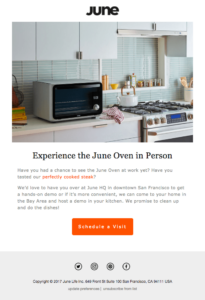
4. Action – Framer’s Onboarding Email Campaign
New customers usually need some guidance to navigate through your products/services. If you wish to nail customer service and plant the seeds of retention, onboarding emails can help you out:
Subject Line: Skip the blank canvas — kickstart ideas with a template
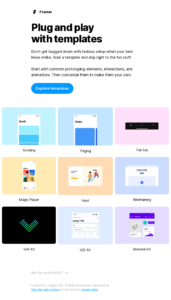
5. Loyalty – Cometeer’s Email Referral Campaigns
There are many email types to send in this phase, from rewards to top customers to referral requests or re-engagement campaigns for churn customers. Here’s a referral email campaign to increase your customer base through word-of-mouth marketing:
Subject Line: Celebrate International Coffee Day with a deal
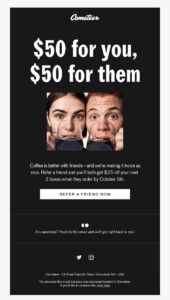
Lifecycle Marketing Best Practices
Now that you’ve learned all the pros of introducing lifecycle marketing strategies to your business toolkit, let’s see some tips that will skyrocket your strategy.
1. Build Your Customer Personas
One of the first things to do when creating your lifecycle marketing plan is to build a buyer persona profile. Briefly, it’s the representation of your ideal customer and marketers create them to understand their audience in-depth, cover their needs and resolve their pain points in every stage of the customer journey.
Ideal customer profiles include important information, such as demographics, psychographics, purchase behaviors, and relevant details. It’s also important to picture one day in their life to dive into their rituals and habits.
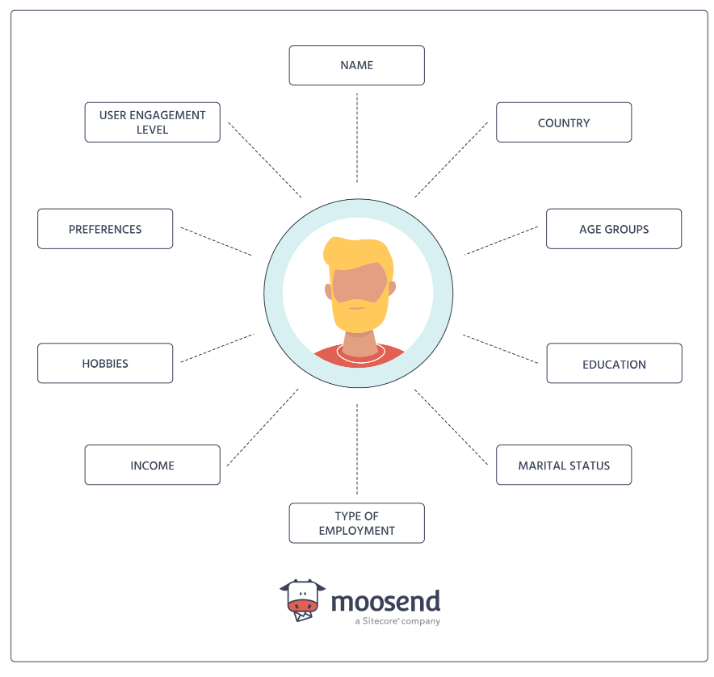
Finally, craft customer journey maps to visualize this info more compactly and share it with all customer-facing roles inside your business to get them on the same page.
2. Set SMART Goals
Each lifecycle marketing stage has its own objectives, but to track your metrics successfully, it’s important to set specific goals and revisit them from time to time. This way, you’ll know what works and what doesn’t to improve your strategy in the future.
Have you heard about the SMART goal framework? It stands for Specific, Measurable, Achievable, Realistic, and Timely and enables marketers to set more effective goals to nurture prospects and customers down the line.
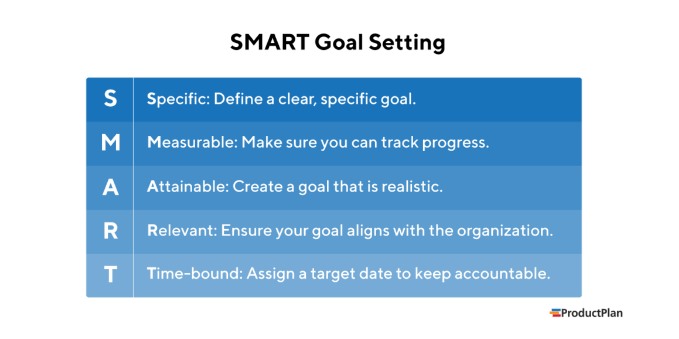
3. Get The Right Tools On Board
How can you track how leads move down the funnel to serve the right content and follow-ups to convert them? Customer Relationship Management software (CRMs) like Salesforce are essential for this process, usually combined with tools like Google Analytics to access important reports and data analytics in real-time.
Additionaly, to streamline a successful lifecycle email marketing strategy, you need an email automation platform with top features like ready-made templates and reporting/analytics platforms to thrive.
4. Use Customer Segmentation
To facilitate your lifecycle marketing efforts, divide your customer base based on milestones, such as first purchase, one-year anniversary, etc. See some of the main categorization criteria below:
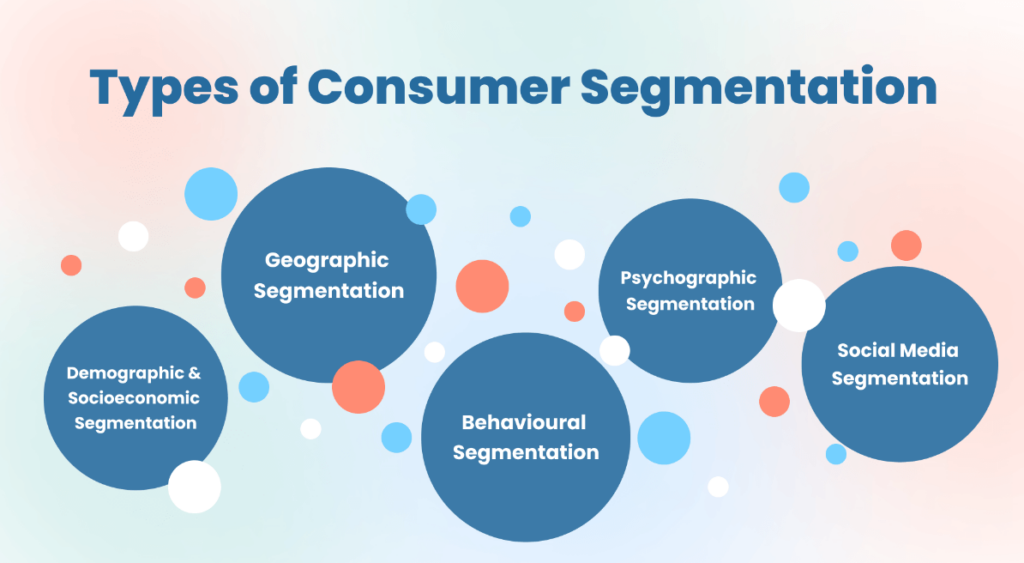
In short, audience segmentation will enable you to build highly targeted messages for your customers and prospects to boost your sales.
The Takeaways
In a nutshell, if you want to take personalized marketing to the next level, you should put customer lifecycle stages into the spotlight. Thus, you ensure that you address the customers’ real needs and wishes. So map your ideal customer profile and buyer’s journey and start planning your next steps to satisfy customers and prospects asap.
At Moosend, we have everything you need to streamline a stellar lifecycle email marketing strategy, from automation features to integrations with CRM. Sign up for a free trial today to get started!
Lifecycle Marketing FAQs
Let’s answer some frequently asked questions related to lifecycle marketing:
1. What are the pillars of lifecycle marketing?
The main pillars of lifecycle marketing are: 1) Awareness, 2) Interest, 3) Desire, 4) Action, and 5) Loyalty, but every business can adapt them based on their needs.
2. What are CRM and lifecycle marketing?
Customer lifecycle marketing usually refers to the strategic processes businesses follow to increase revenue, while CRM is the software they use to manage them.
3. What does a lifecycle marketing manager do?
Lifecycle marketing managers develop the customer journey, design promotional tactics for each stage, and overview the progress.
4. Why is lifecycle marketing important?
It enables businesses to create personalized experiences for their audience for every step of the buyer’s journey and boost sales and retention through highly targeted messages.
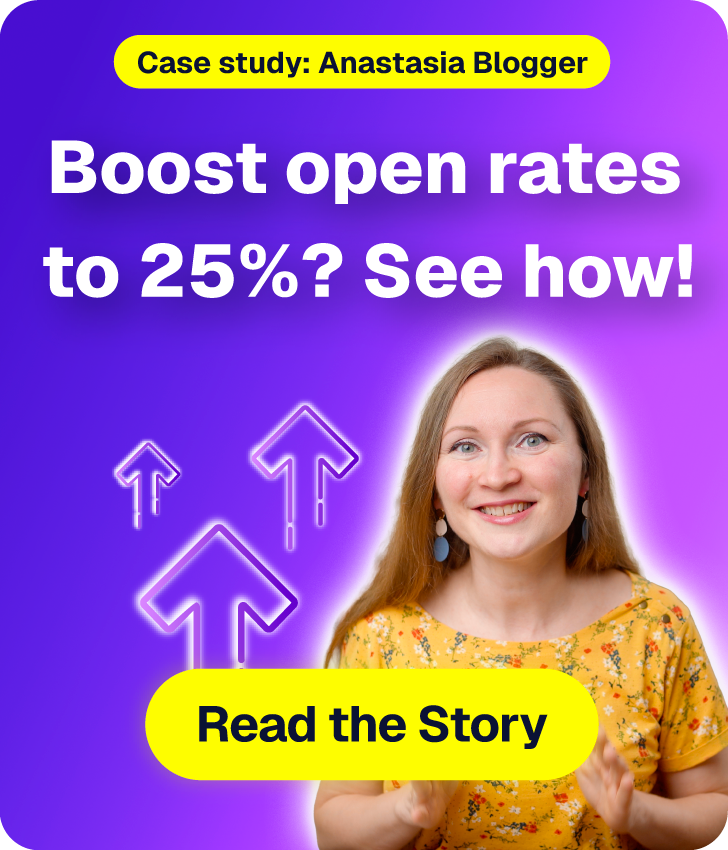
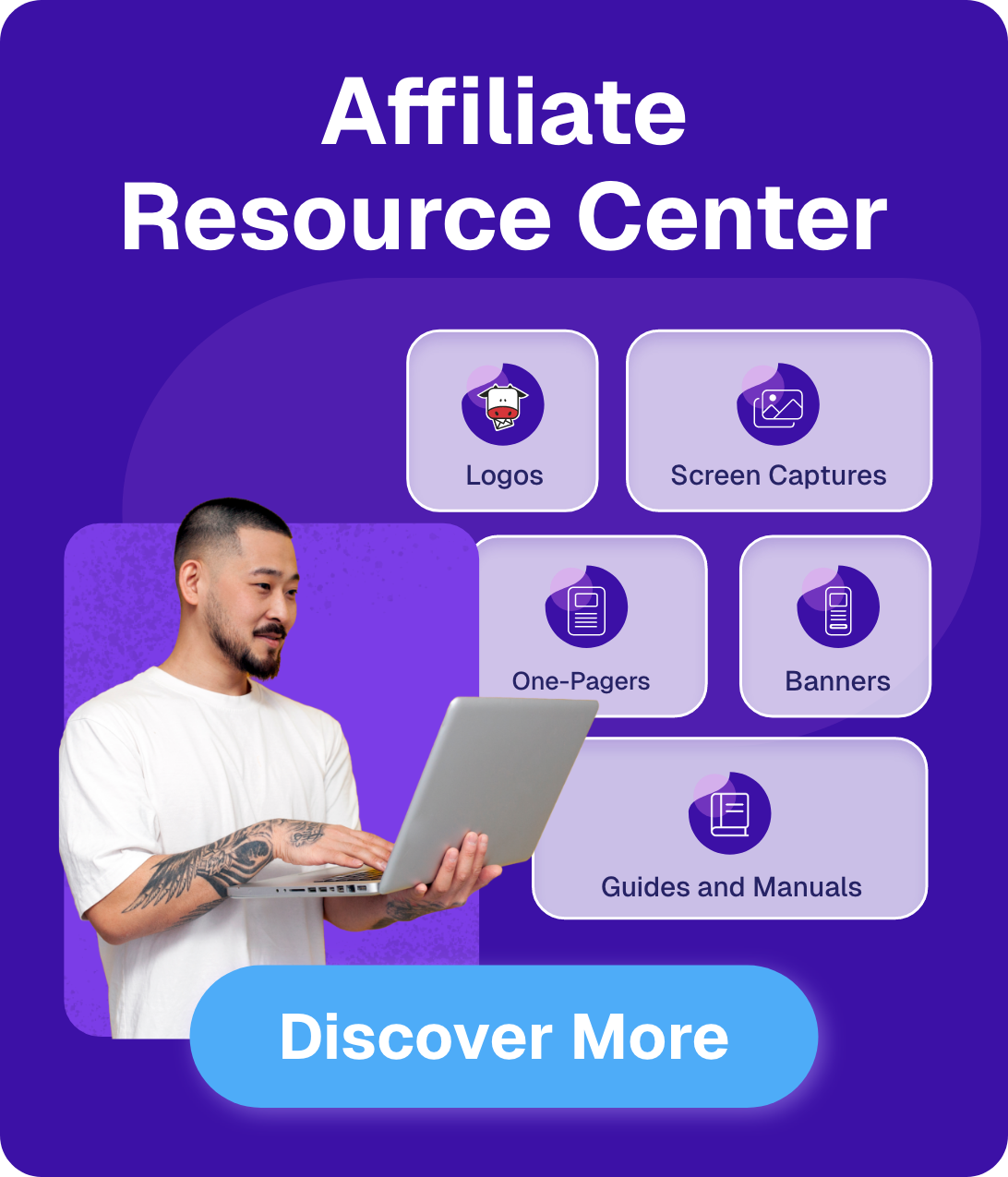


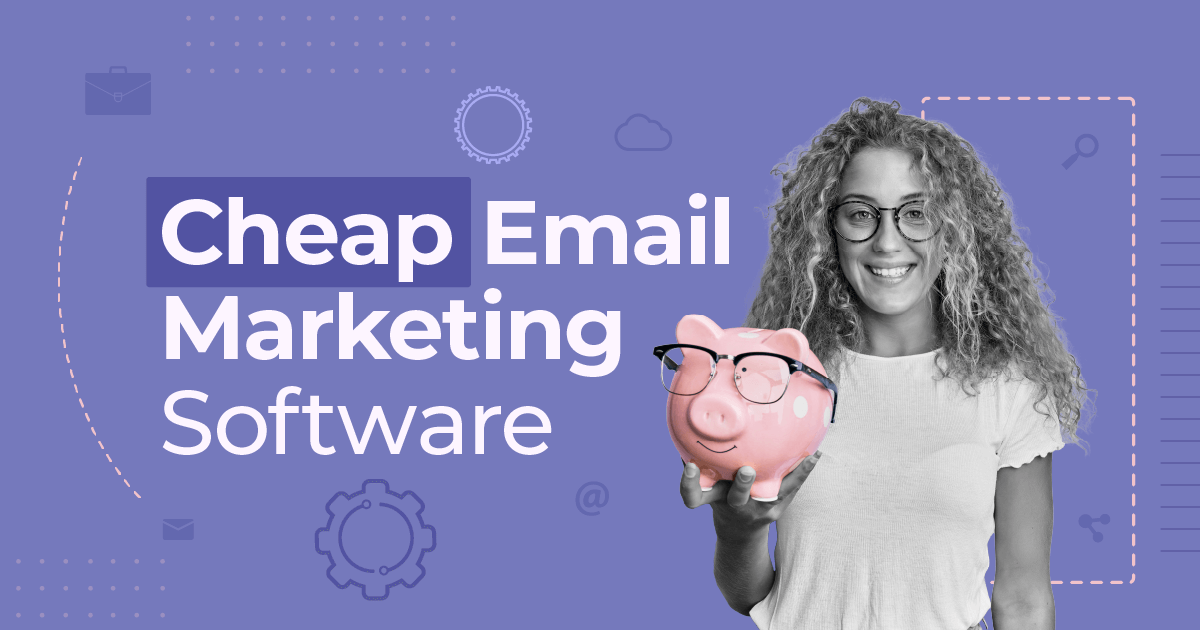
 Published by
Published by
